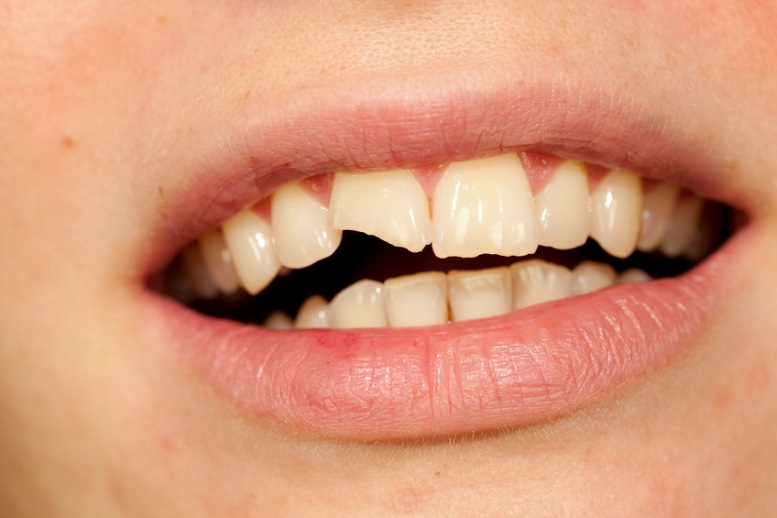
Dentists and dental assistants help to make smiles beautiful and healthy. Unfortunately, broken teeth happen quite often and it is the job of dentists and dental assistants to fix and repair them in order to protect against infection and other problems. There are many treatments for broken teeth, and technological developments are improving these repair methods all the time.A�Dental assistants help with the process of repairing broken teeth in various capacities, and know that different methods of tooth repair are used depending on the severity of the tootha��s condition.
Continue reading to discover what professionals with dental assistant training know about treating broken teeth.
1. Dental Assistant Training Programs Help Assistants Aid in Fixing Minor Cracks
Minor cracks, often called a�?craze linesa�� by medical professionals, affect the outside surface of teeth and only need minor treatment. Usually dentists, with the help of dental assistants, just polish the area to smooth out the crack. A fully cracked tooth, on the other hand, requires more work. A cracked tooth is an actual crack through the whole of the tooth, which usually spans from the chewing surface all the way to the root of the tooth. Pieces of the tooth often remain in place, but the crack can spread over time.
A filling material is often used to repair the crack, or other times the tooth will need a crown to prevent the crack from getting worse. The filling material is injected between the two cracked parts of the tooth in order to make it functional again. Students who go on to pursue dental assistant careers will be there with dentists to assist in these procedures by getting them the necessary compounds and tools in order to ensure the success of the procedure.
2. Pros with Dental Assistant Training Know that Dental Bonding Helps Fix Broken Teeth
Dental bonding uses special tooth coloured resin material that sticks to what is left of the original tooth in order to fill cracks and chips in teeth. There are two types of dental bonding, one is direct composite bonding and the other is adhesive bonding. Professionals with dental assistant training know that direct composite bonding is the process in which a bonding composite is applied to teeth and then a�?moldeda�� to suit the needs of the patient. It can be used to fill a chip or even to fill a cavity. Adhesive bonding, on the other hand, attaches a tooth restoration piece with the help of a bonding agent and is generally used in veneers and crowns. By layering the composite resin on the tooth, then hardening it using ultra violet light, and repeating it layer by layer, a new piece of tooth-like material is formed.
3. Pros with Dental Assistant Training Help Make Root Canals a Success
If a patient comes in with a crack that has extended to the tooth pulp, or to the centre of the tooth and its soft tissue, dentists, with the help of dental assistants, will clear out the nerve of the tooth and the decayed tooth matter, and then fill and seal the tooth. Dental assistants will help ensure these procedures run smoothly by setting up the necessary tools, like high-speed dental drills and dental dams, as well as assisting in administering anesthetica��the patienta��s comfort levels are in your handsa��and with the right training from one of the best dental assistant college programs in the country, they will definitely leave smiling.
Want to find out how you can make a difference in someonea��s life by helping to repair broken teeth and keeping their smile beautiful?
Contact an advisor today to find out more about our dental assistant college programs!

